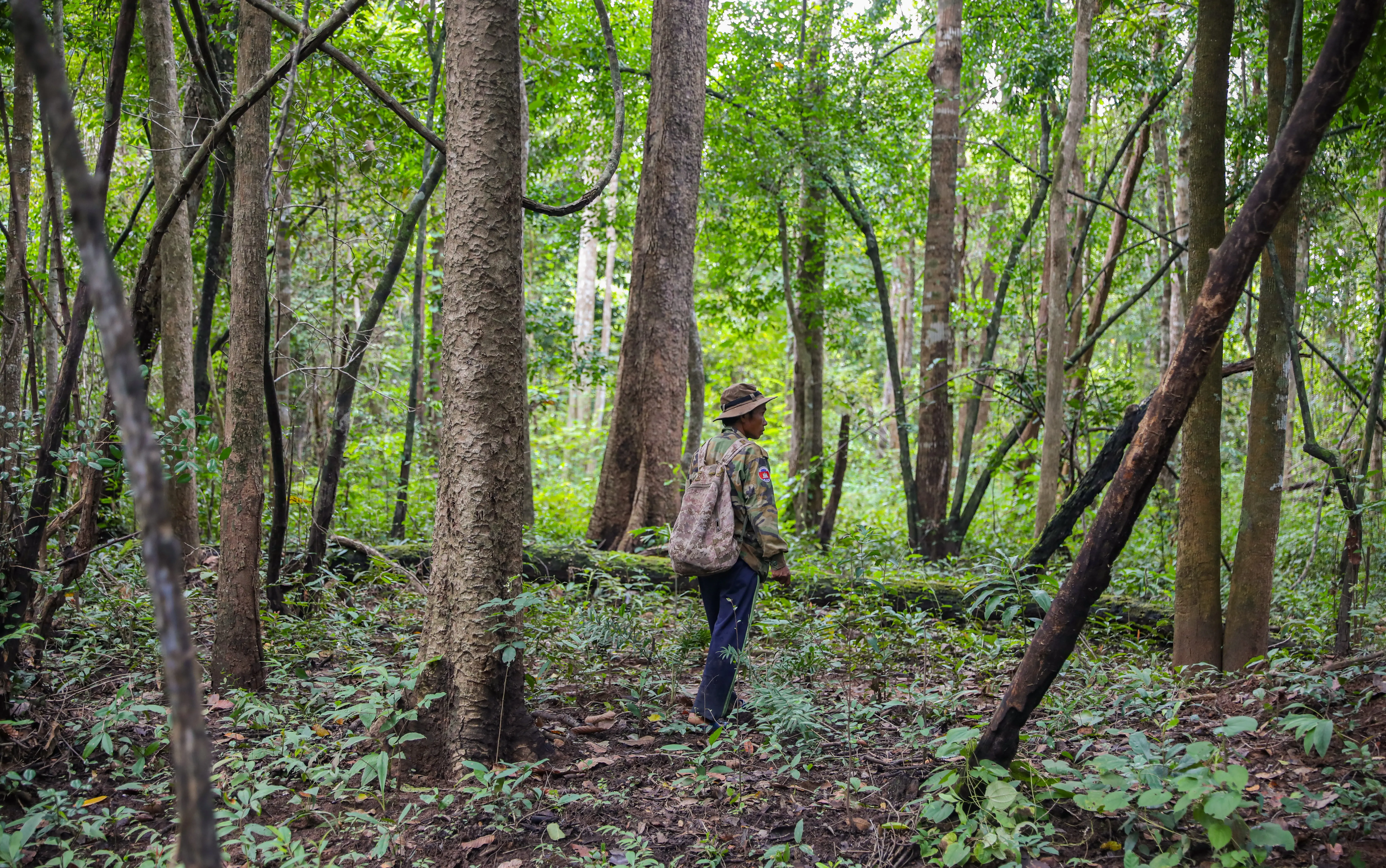
While hunting is a historic practice in Southeast Asia, rising commercial pressure and cheaper poaching methods are emptying forests faster than they can replenish, hurting human and forest health.
Editor’s Note: This article is one of two stories that delves into how Southeast Asia’s wildlife consumption affects human and forest health, with implications for biodiversity and future pandemics.
They were brought into the wildlife rescue centre not in cages, but in fine-mesh bags, as though already fresh meat waiting to be sold by the gram.
But the four ferret badgers were kicking and hissing as staff from Save Vietnam’s Wildlife, a conservation group, worked to free them.
Local police seized the animals from a restaurant and took them to the group’s facility in Cuc Phuong National Park, about a two-hour drive from Hanoi and the oldest national park in the country.
“The restaurant bought them from people who caught them from the forest,” said Tran Van Truong, the captive coordinator in charge of the centre. “They are a bit stressed out now, but they seem okay otherwise. We can probably release them back into the wild after a few days.”
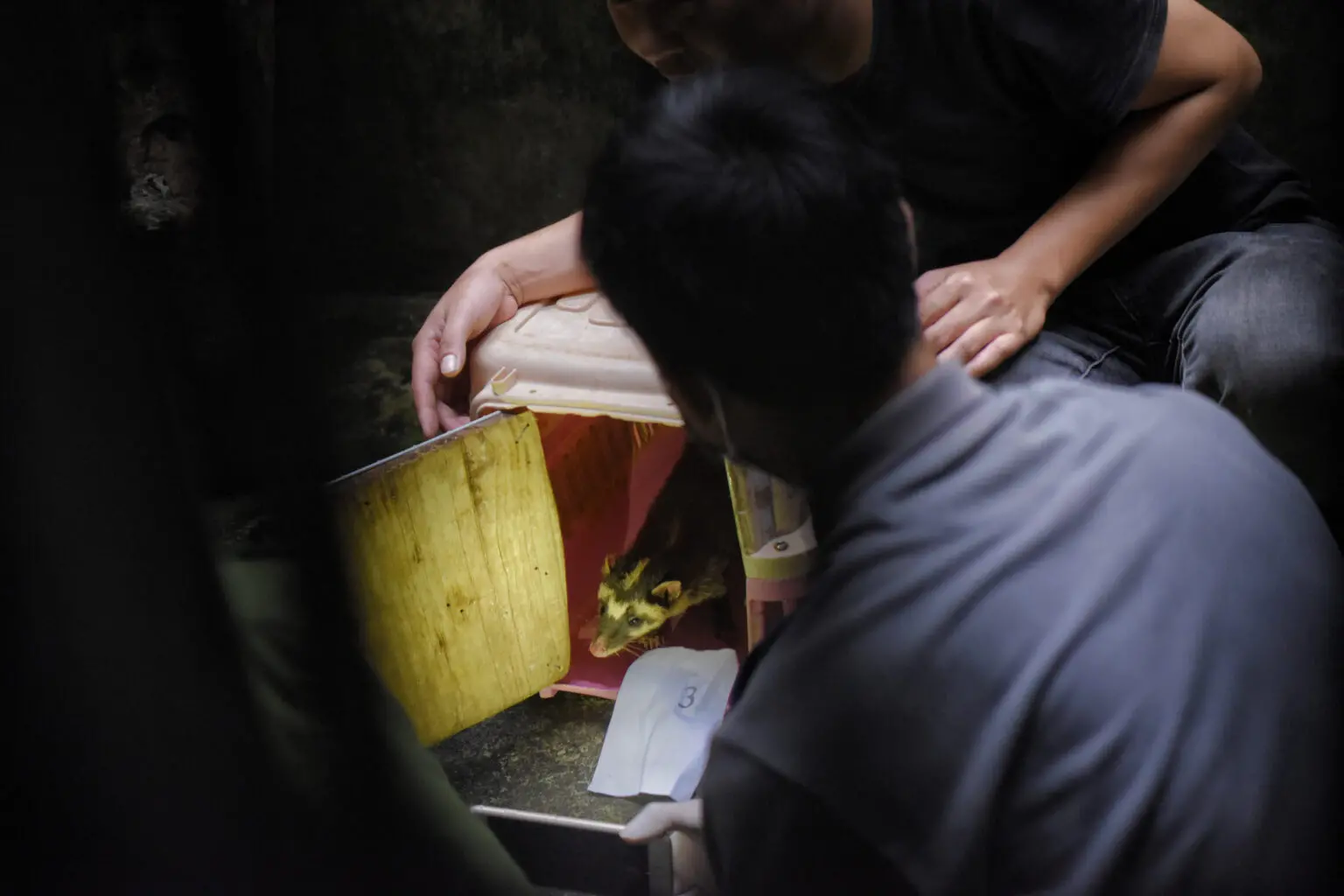

Trapping wild animals for bushmeat is illegal in Vietnam, though the practice is still widespread. In other parts of Southeast Asia, Covid-19 and its probable origins in the wildlife trade has had little impact on the region’s snaring crisis.
In the wake of the pandemic, wild animals are still being hunted to be eaten or kept as pets. Based on Southeast Asia Globe and The Straits Times’ observations in more than 30 interviews with conservationists, scientists, rangers and government officials, Southeast Asia’s forests are emptying of wildlife faster than they can replenish. And it’s inching towards local extinctions across the region.
In Vietnam’s Ho Chi Minh City, monkeys, snakes, boars and birds are sold at various markets. Wild porcupine and deer are found on restaurant menus in the country’s Central Highlands, and so are wild birds.
In northern Cambodia, the extent of the snaring problem is tied directly to how the traps are becoming easier and cheaper to set. This is causing the forests of Preah Vihear province to be emptied out so quickly that protected areas, like Phnom Tnout Wildlife Sanctuary, once rowdy with the cackle of hornbills and the howls of gibbons, have become eerily silent.
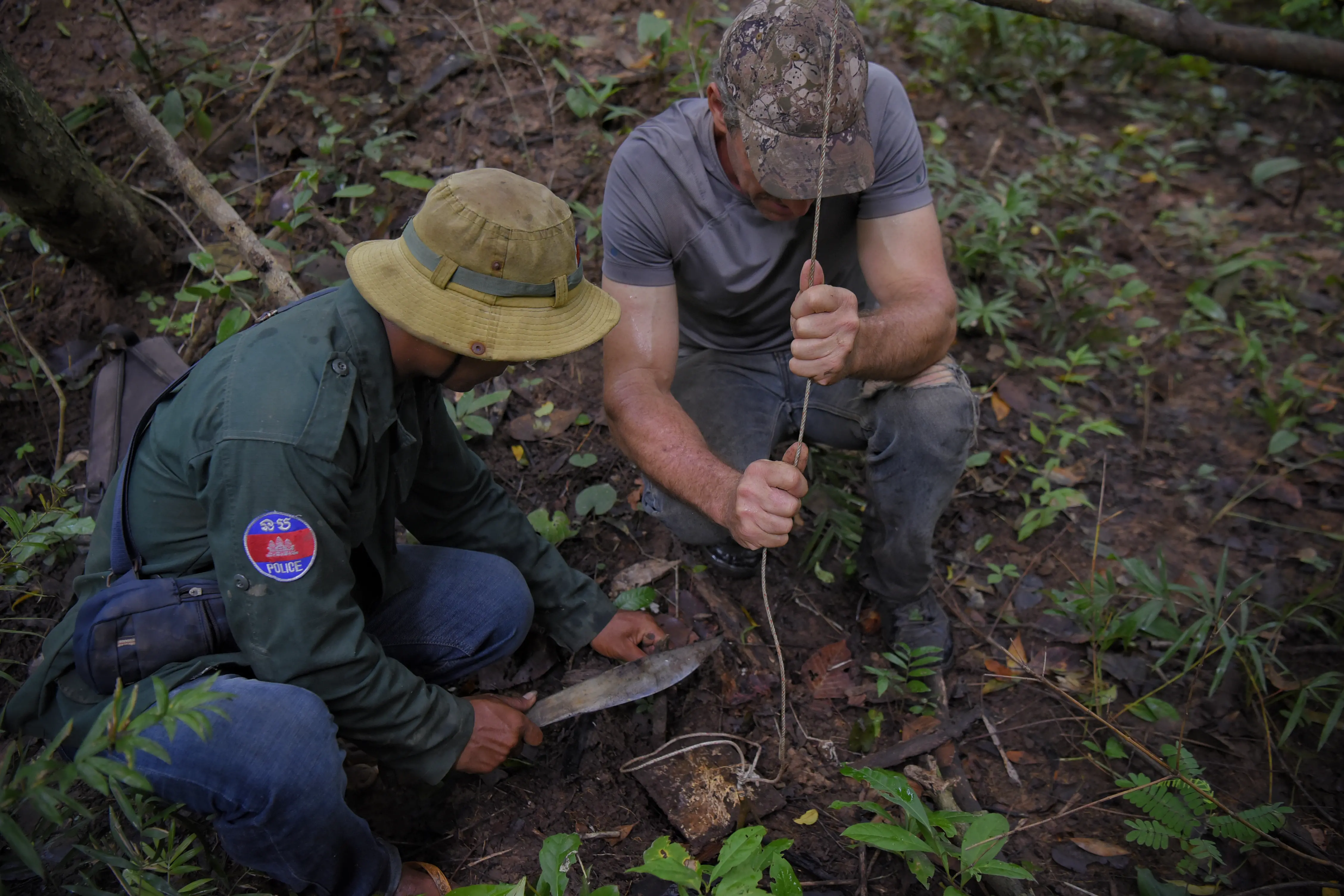
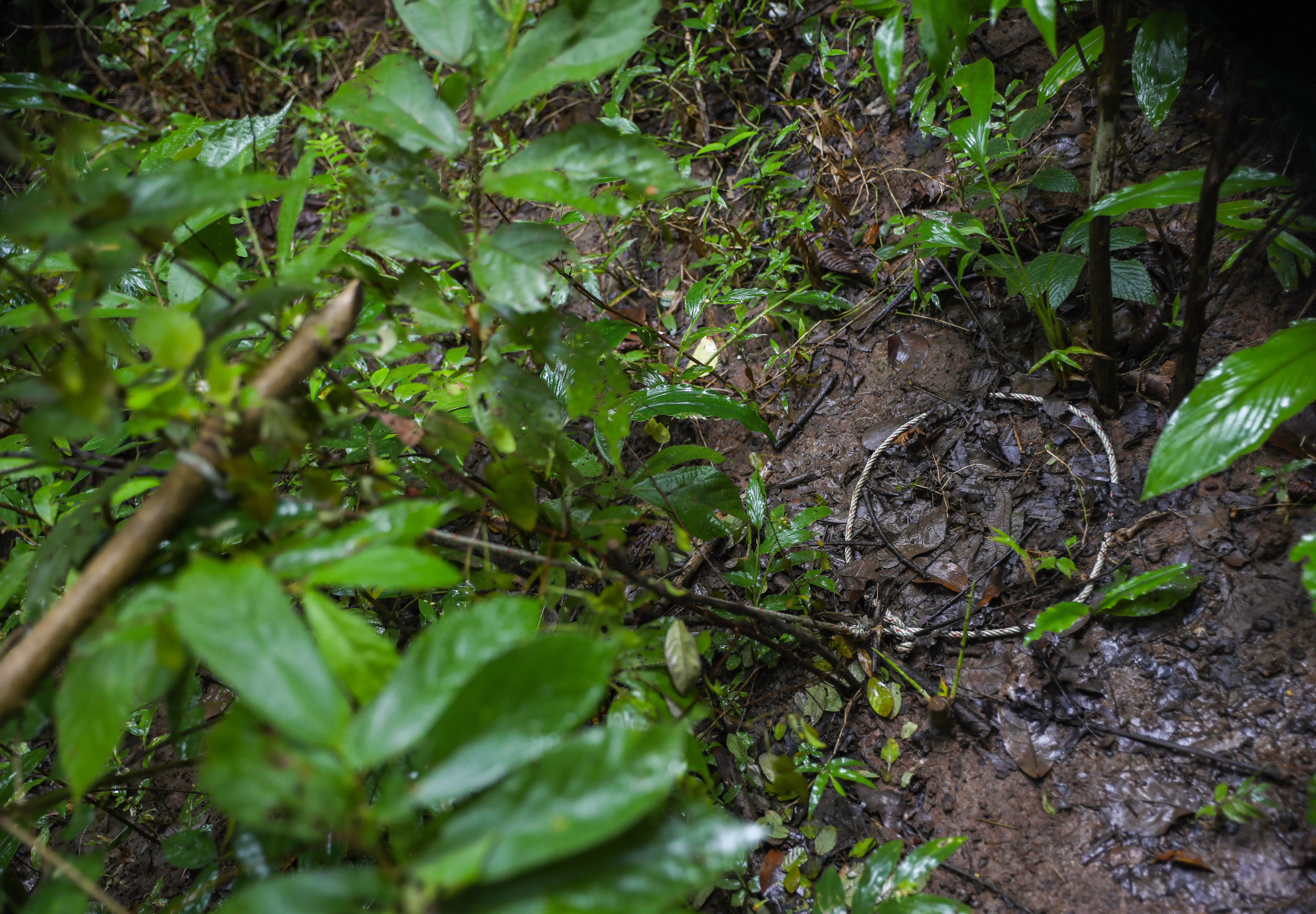
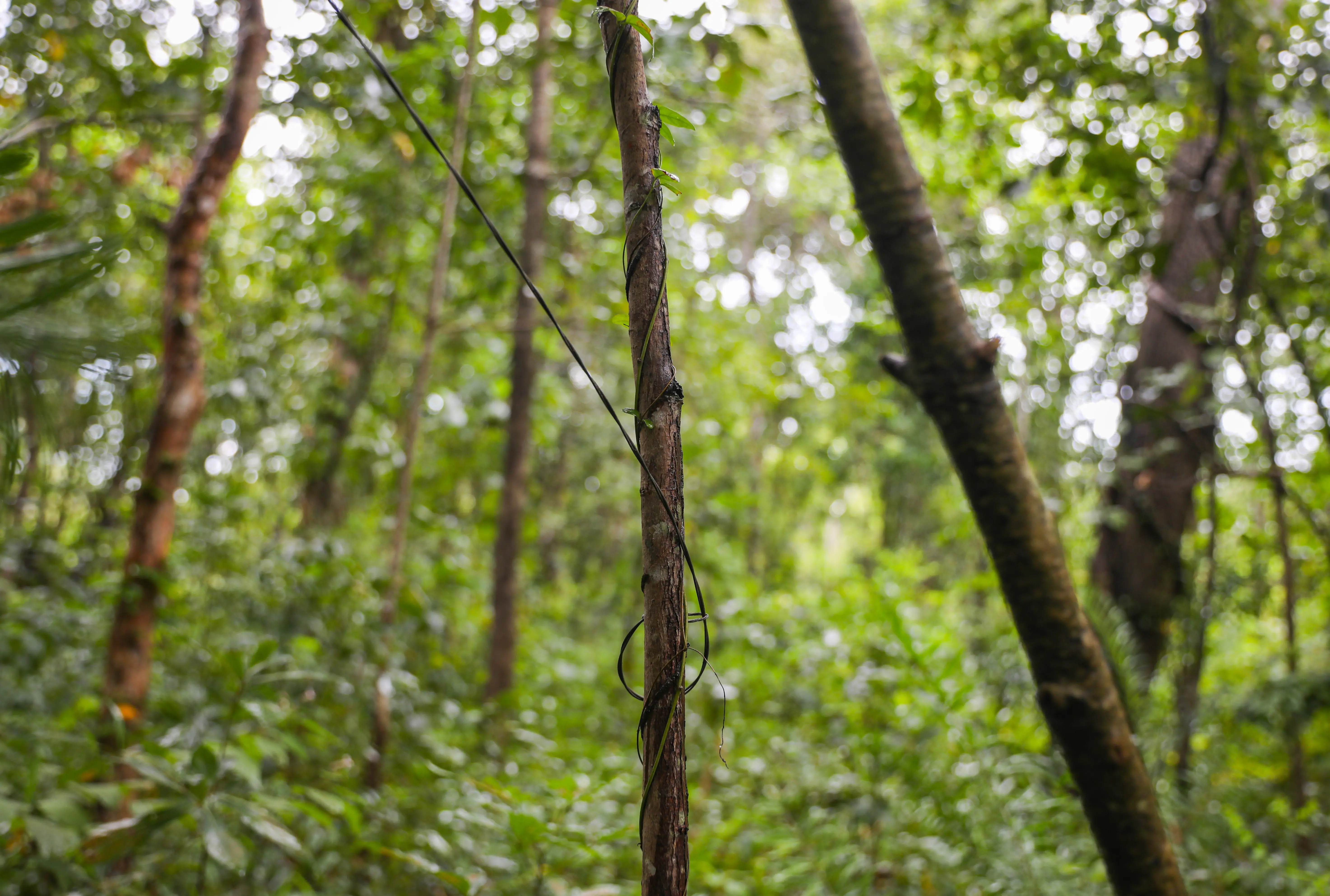
Subsistence hunting is an age-old tradition, especially in regions where communities rely on natural resources. Growing up in a village near the forest in Vietnam’s Ninh Binh province, Tran recalled how his neighbours hunted wild animals for food.
“When locals hunt for themselves, only a limited number of animals are taken from the forest,” Tran said. “But when commercial reasons come in, when people want to earn money by selling the animals to other cities or countries, they take more animals to sell to others.”
Stripping forests of wildlife can have profound impacts on delicate ecosystems that have been forming over millennia. And this depletion of wildlife negatively affects humans as well, experts say.
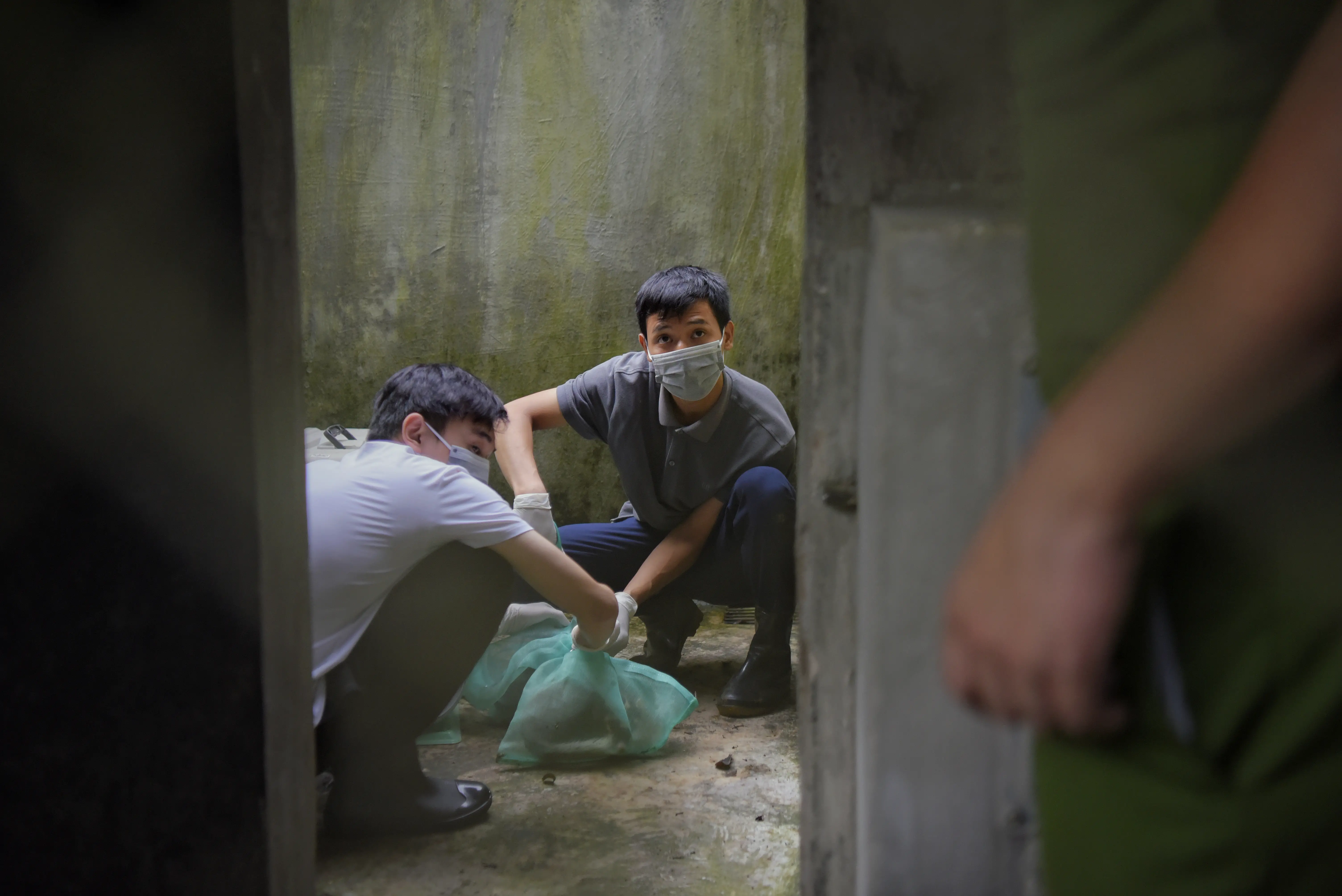
Tran recalled one particular rescue that illustrates the scale of the problem.
After joining Save Vietnam’s Wildlife in 2017, he went on a rescue mission to save more than 100 pangolins, which are hunted for their scales to be used in traditional medicine in China and throughout Asia.
It is still the largest rescue of its kind to date, Tran said, adding that the size of the rescue indicates the true scale of the problem.
“When animals are hunted in such large numbers, it makes the forest go silent,” he said.
A 2014 report by the Centre for International Forestry Research also noted that commercial poaching which supplies regional markets and beyond with bushmeat and traditional medicinal products, has endangered wildlife, especially mammals, which have reduced densities of wildlife in many Southeast Asian countries.
Experts have warned that the continued trade in wild animals, endangered or not, increases the risk of diseases jumping from animals to humans. And tropical forests depleted of seed-dispersers, such as birds and monkeys, could mean fewer trees, making these carbon-storing habitats less of an ally in humanity’s struggle to tackle climate change.
Recipe for a pandemic
Wearing gloves and a surgical mask, Save Vietnam’s Wildlife veterinarian Tran Nam Trieu examined a group of ferret badgers to ensure they had no other injuries.
The wild animals that come through the centre’s gates are often wounded, even missing limbs, mostly from poachers’ traps. The bodies of the four ferret badgers bore no obvious wounds, though Trieu said the hissing and growling indicated a high level of stress.
Once the animals calm down, they will be examined more thoroughly Tran Nam Trieu said.

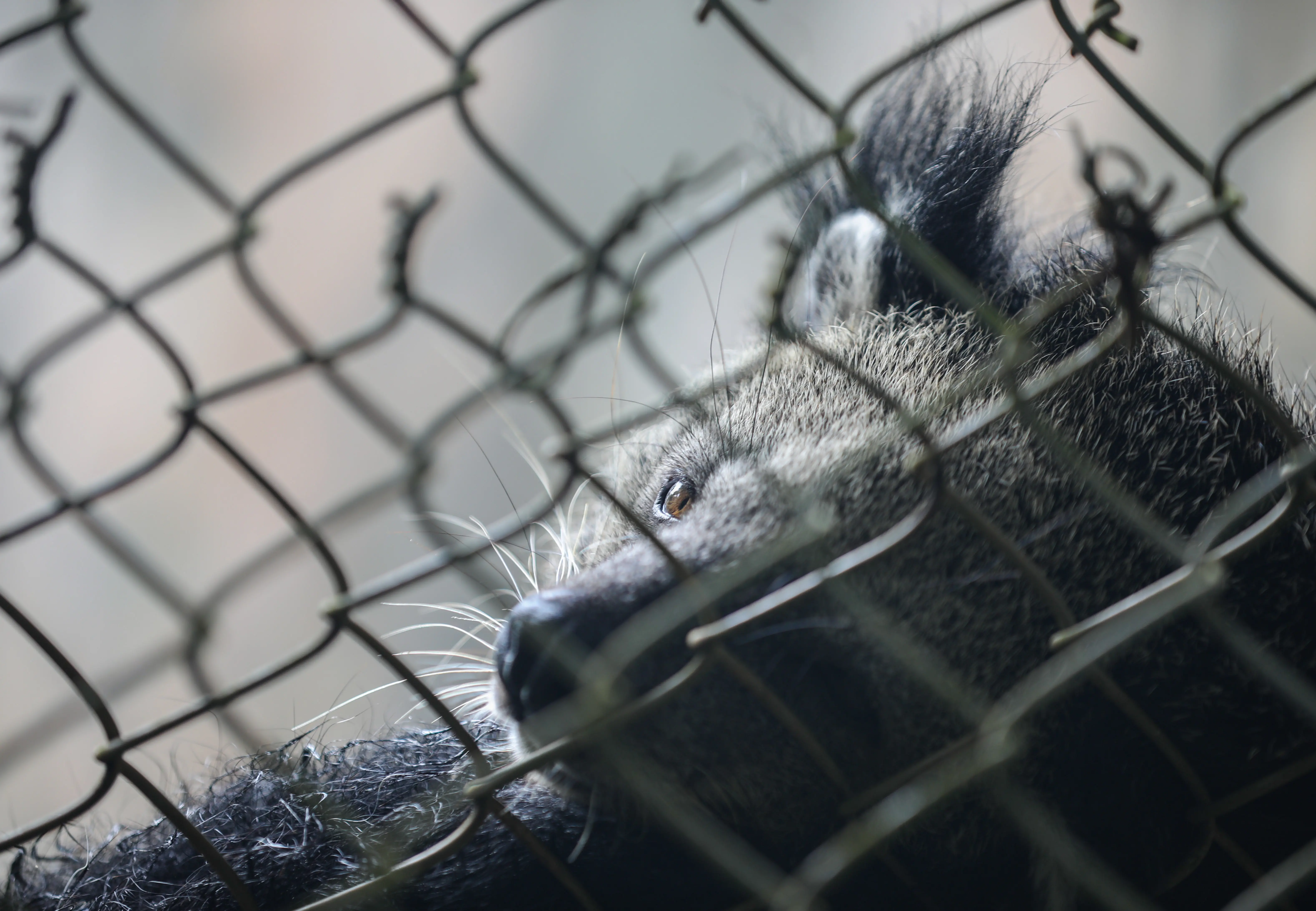

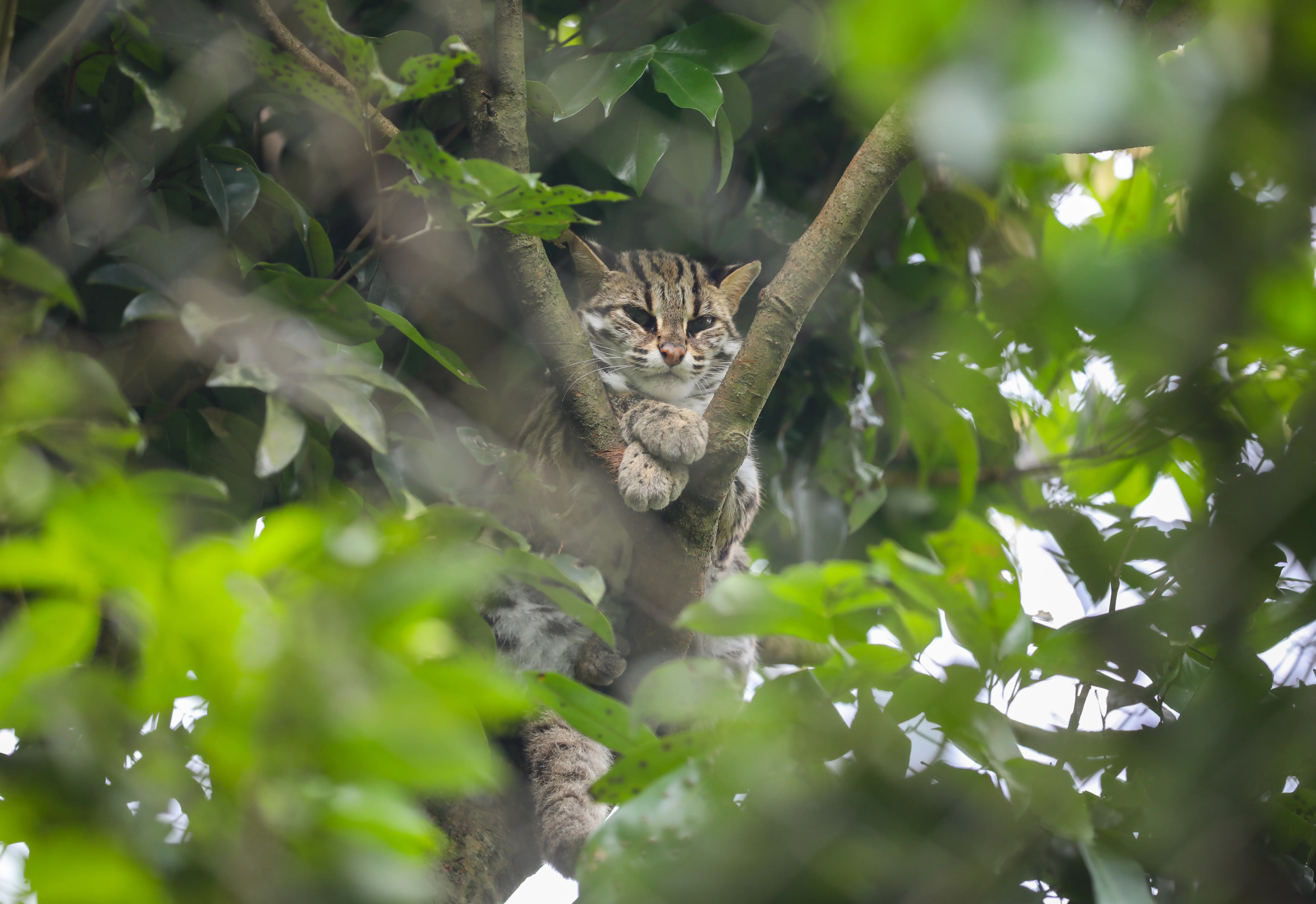
But for the next 30 days, the ferret badgers will be placed in quarantine, each in their own holding cell, to ensure that any diseases they may have are not spread to the other animals in the facility.
Besides the quarantine policy, the facility implements multiple biosecurity measures to reduce the potential spread of diseases among wildlife, and between the animals and humans. Buckets of disinfectant were spread throughout the facility. Before entering the building, visitors must wear boots in specific parts of the facility, such as the wildlife quarantine area.
But the health practices at the rescue centre could not be more different to how wild animals are handled elsewhere in the region.
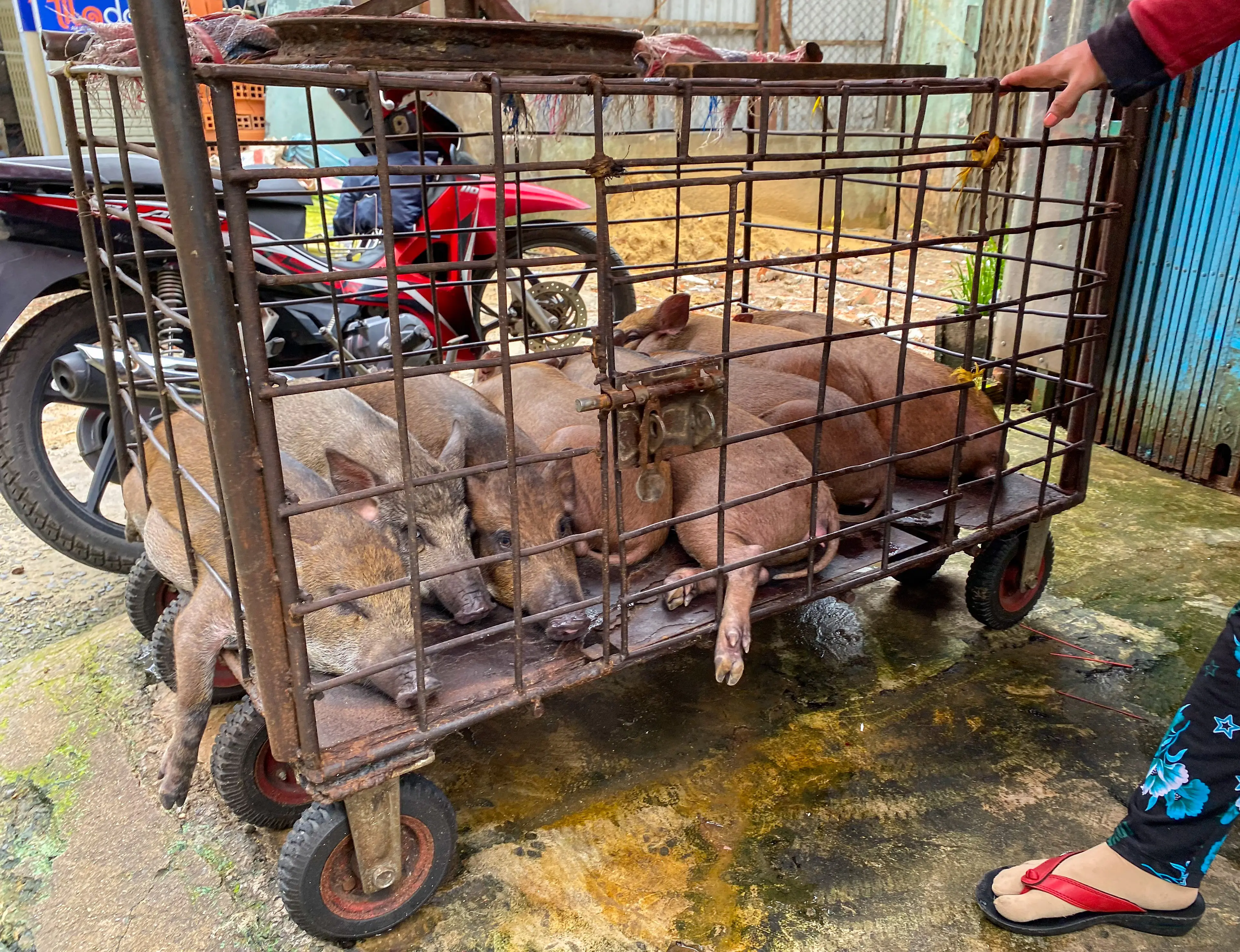
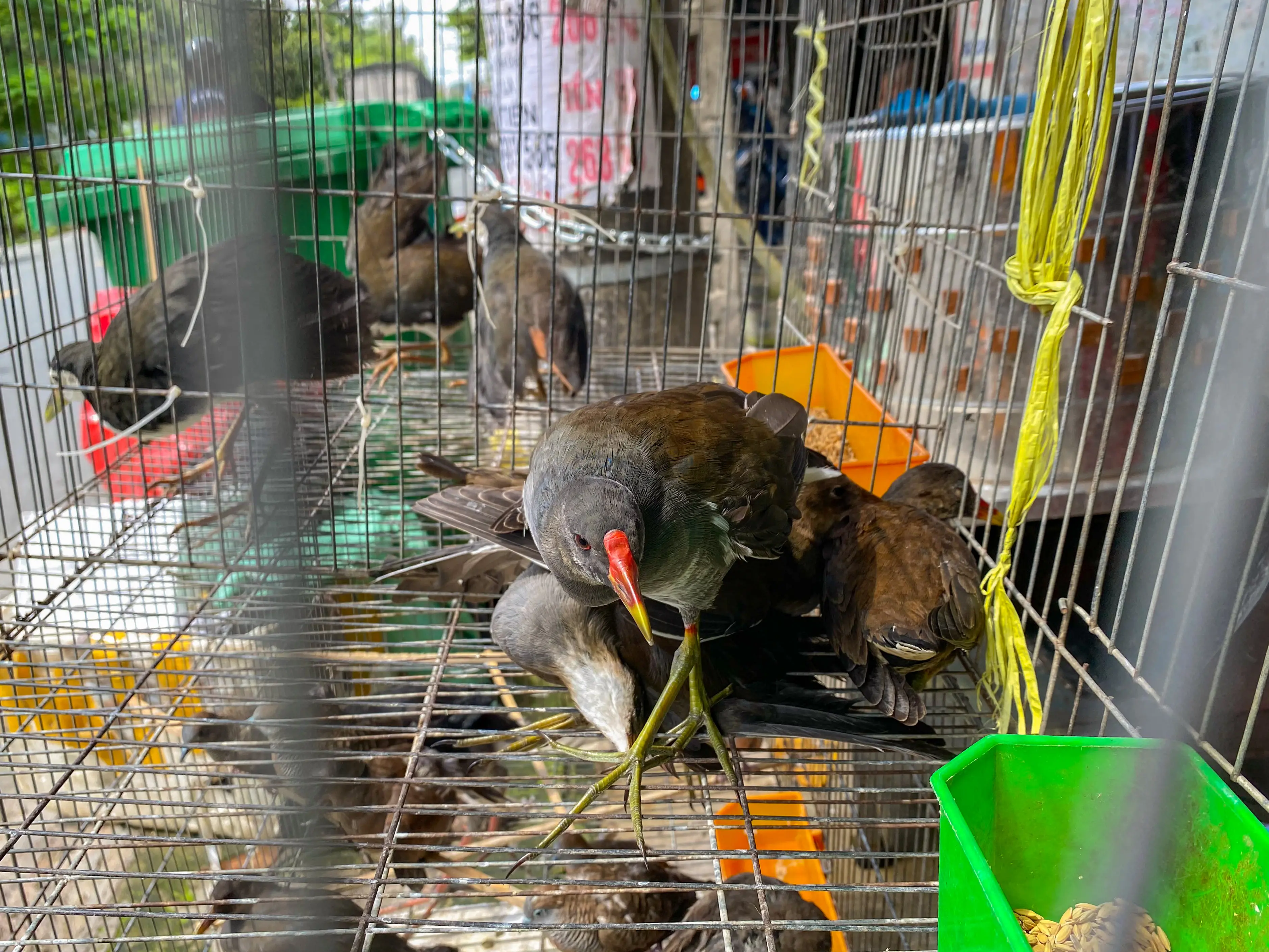
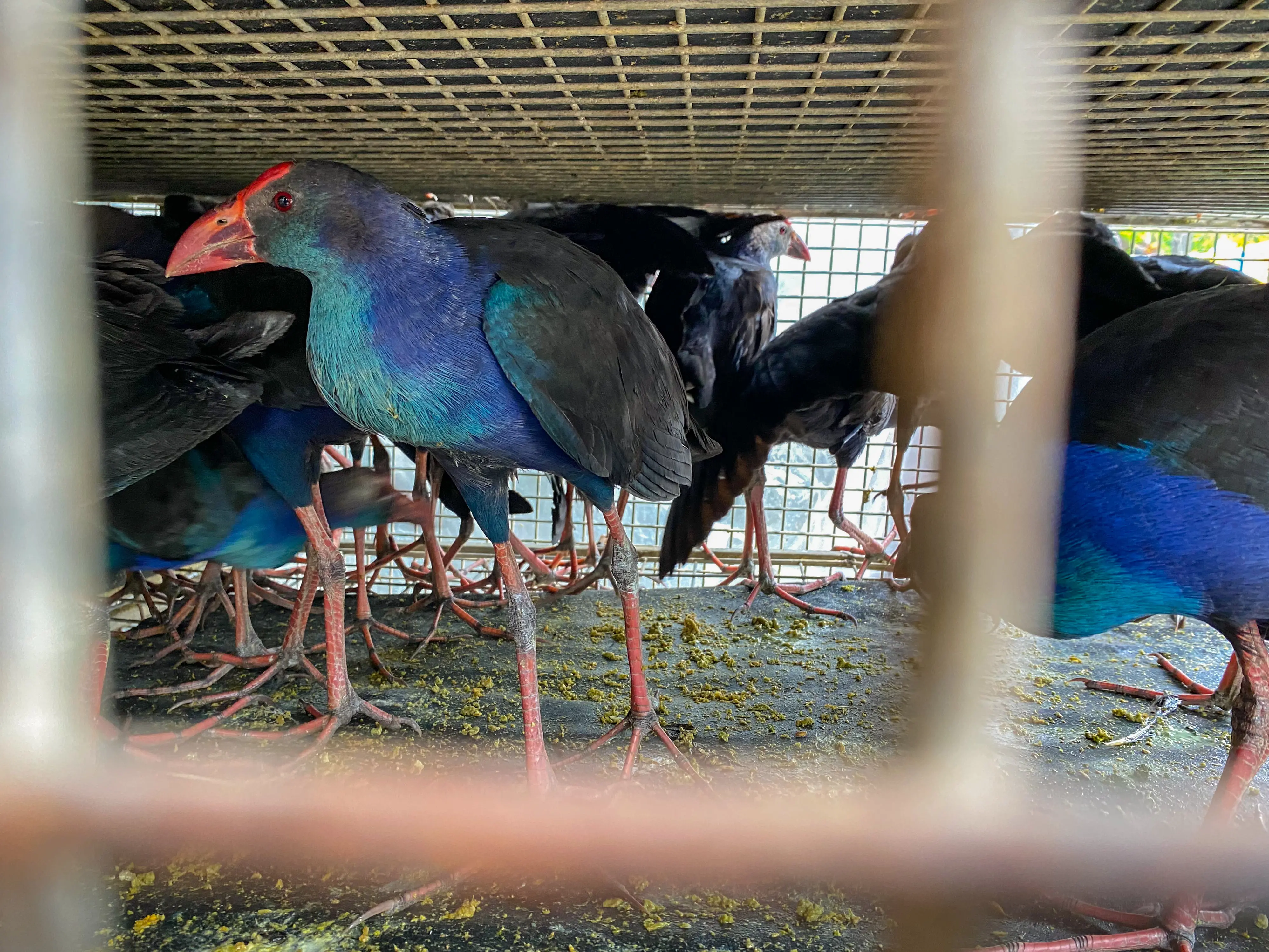
At the wet markets in Ho Chi Minh City where wildlife is sold, many animals were packed into small cages — with some wild birds seen trampling carcasses left in the crate — and the sellers often handled them with no protective equipment.
“Wildlife markets are an ideal landscape for zoonotic disease transmission because they have a combination of diverse wildlife species, housed in high densities, in poor biosafety conditions,” said Debby Ng, a wildlife disease ecologist at the National University of Singapore’s Centre for Nature-based Climate Solutions. “Motivations for hunting and wildlife trade can be diverse even within countries. It is important to learn these motivations and provide feasible alternatives that can address the needs of the people involved in the trade.”
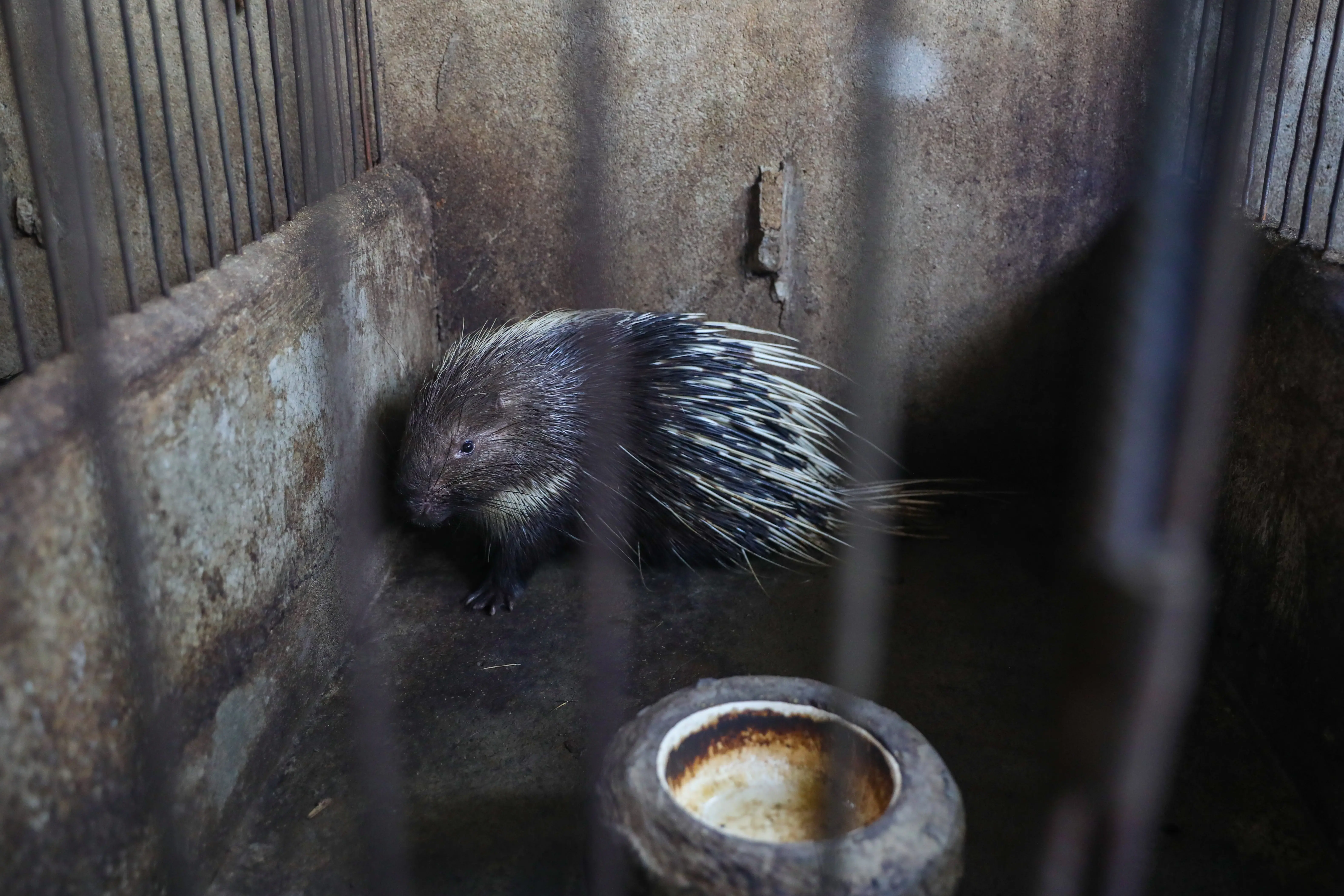
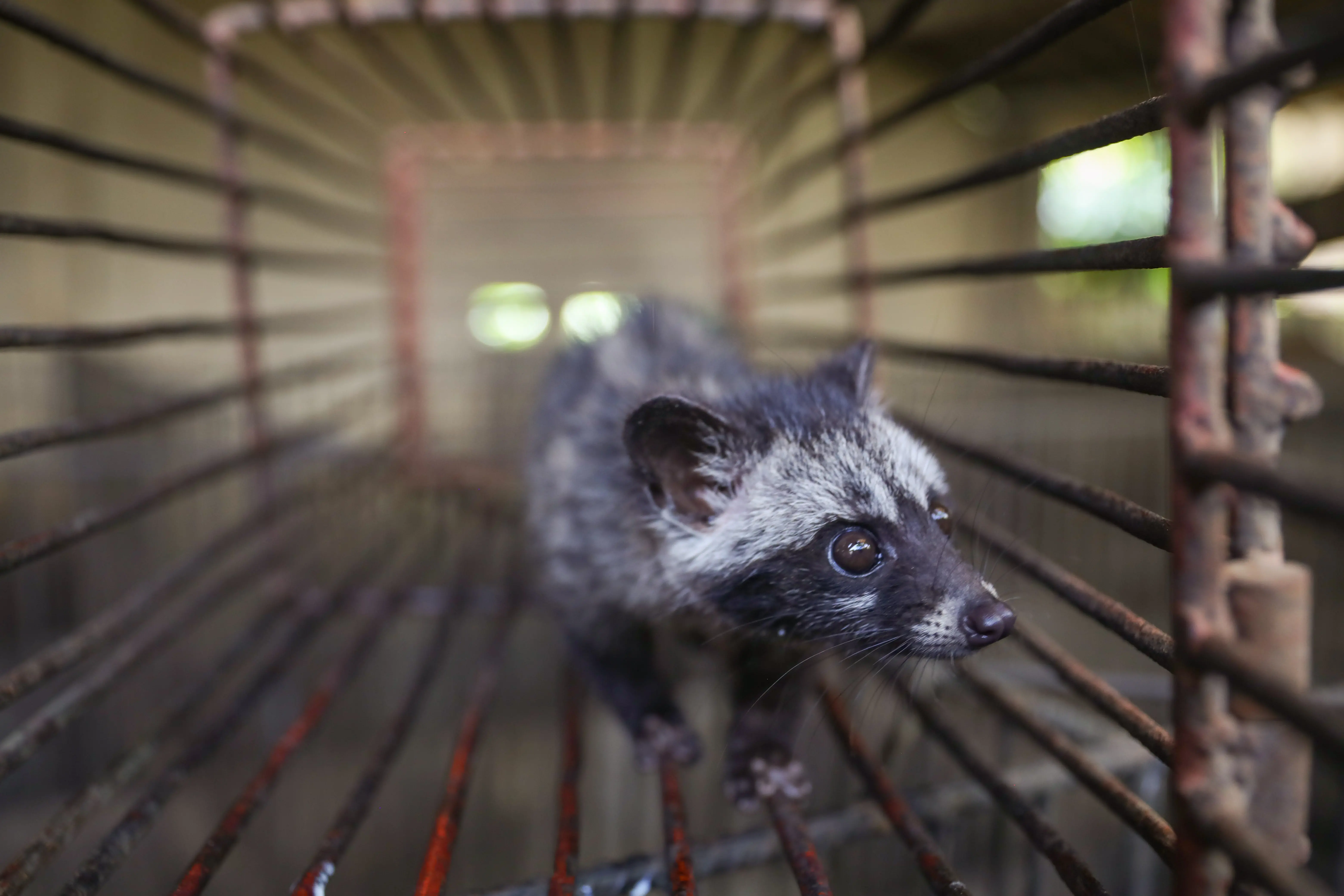
At farms in Buon Ma Thuot, Vietnam’s coffee capital in the Central Highlands, porcupines are reared for their meat, and civets, for coffee production.
‘Ca phe chon’, or coffee made with beans found in the droppings of civets, is expensive in many parts of the world despite its intestinal origins. The farm involved in rearing porcupines and civets sold a kilogram of ca phe chon for $165, or 4 million Vietnamese dong, compared to a $12 for a bag of regular coffee.
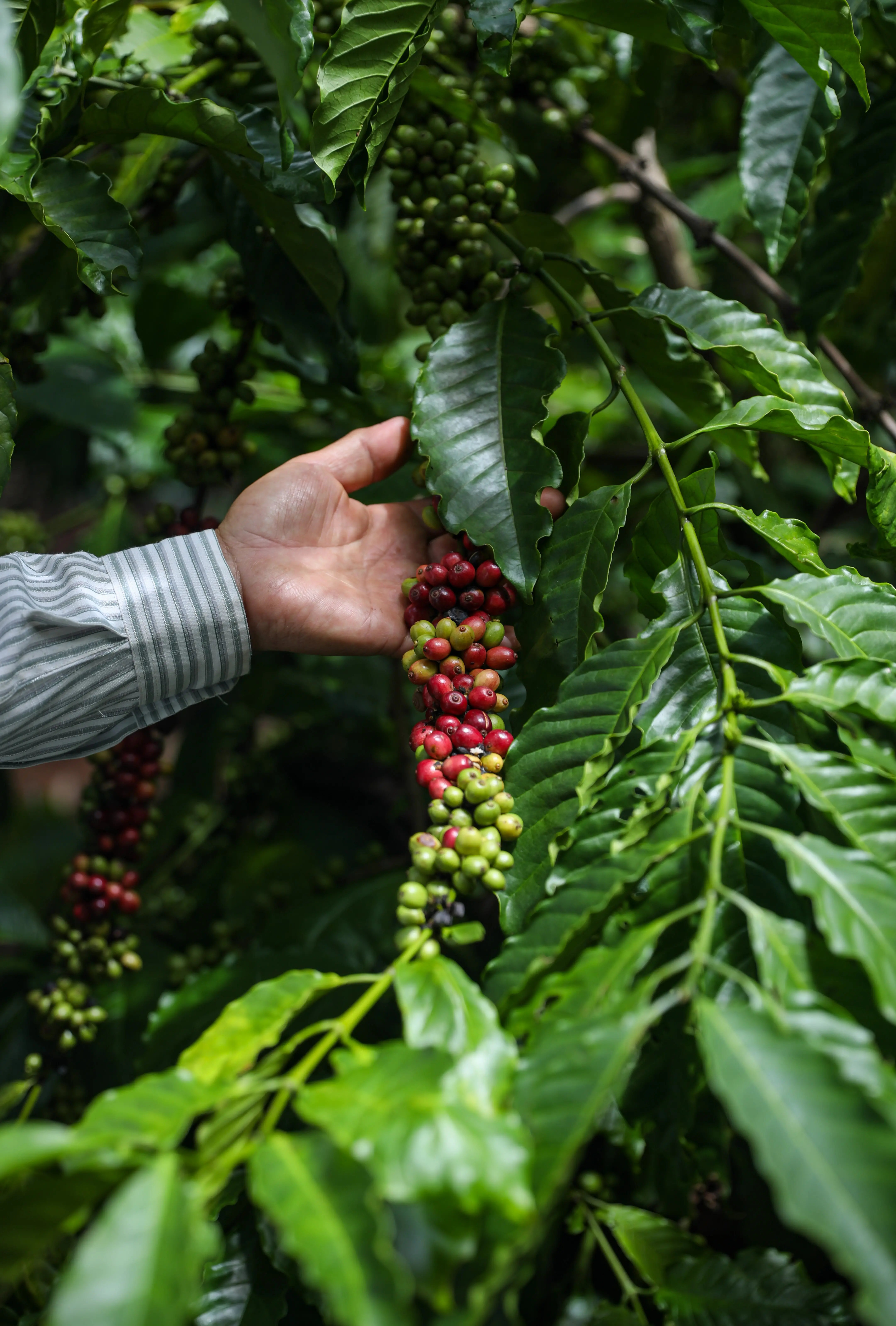
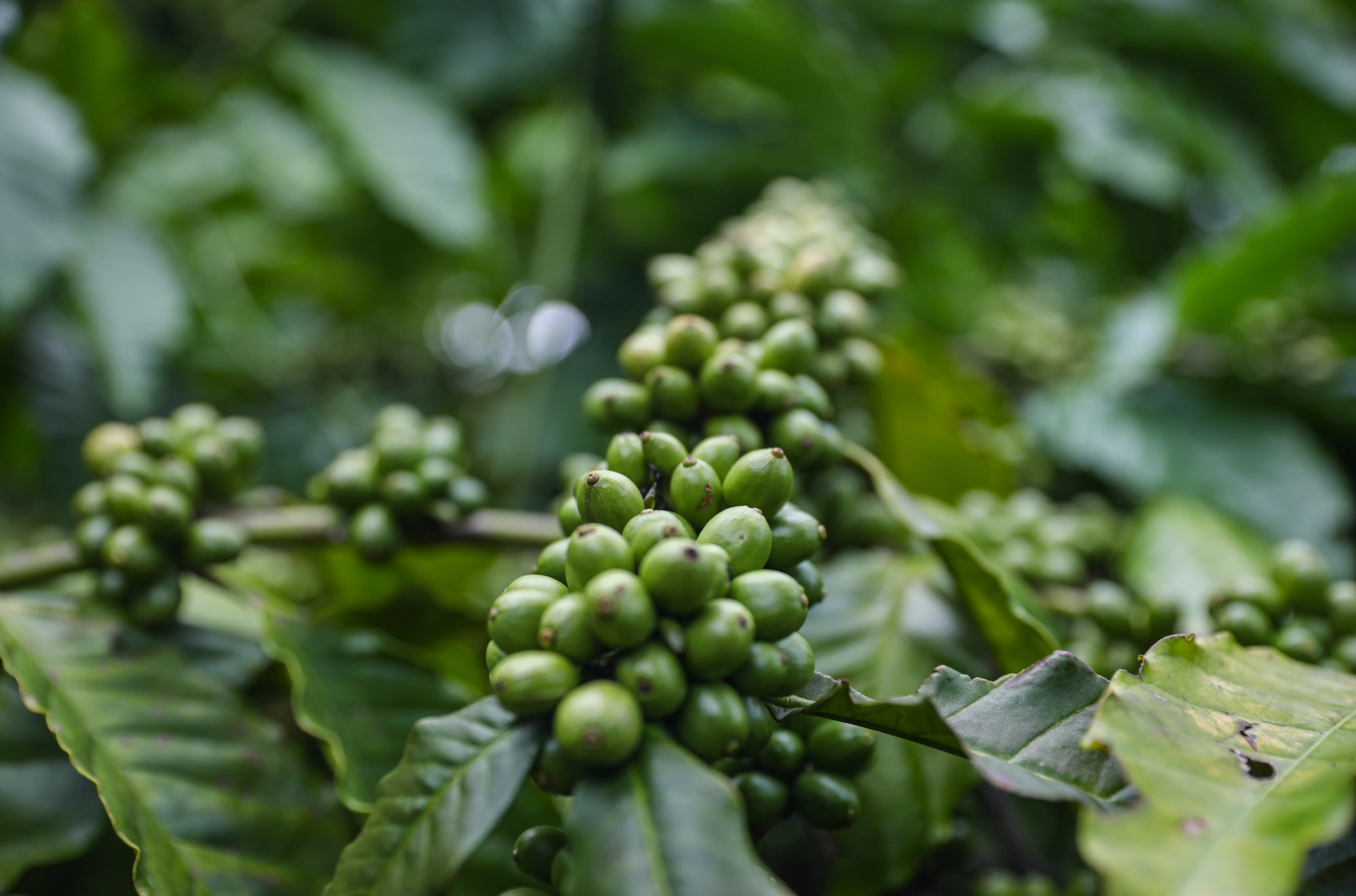
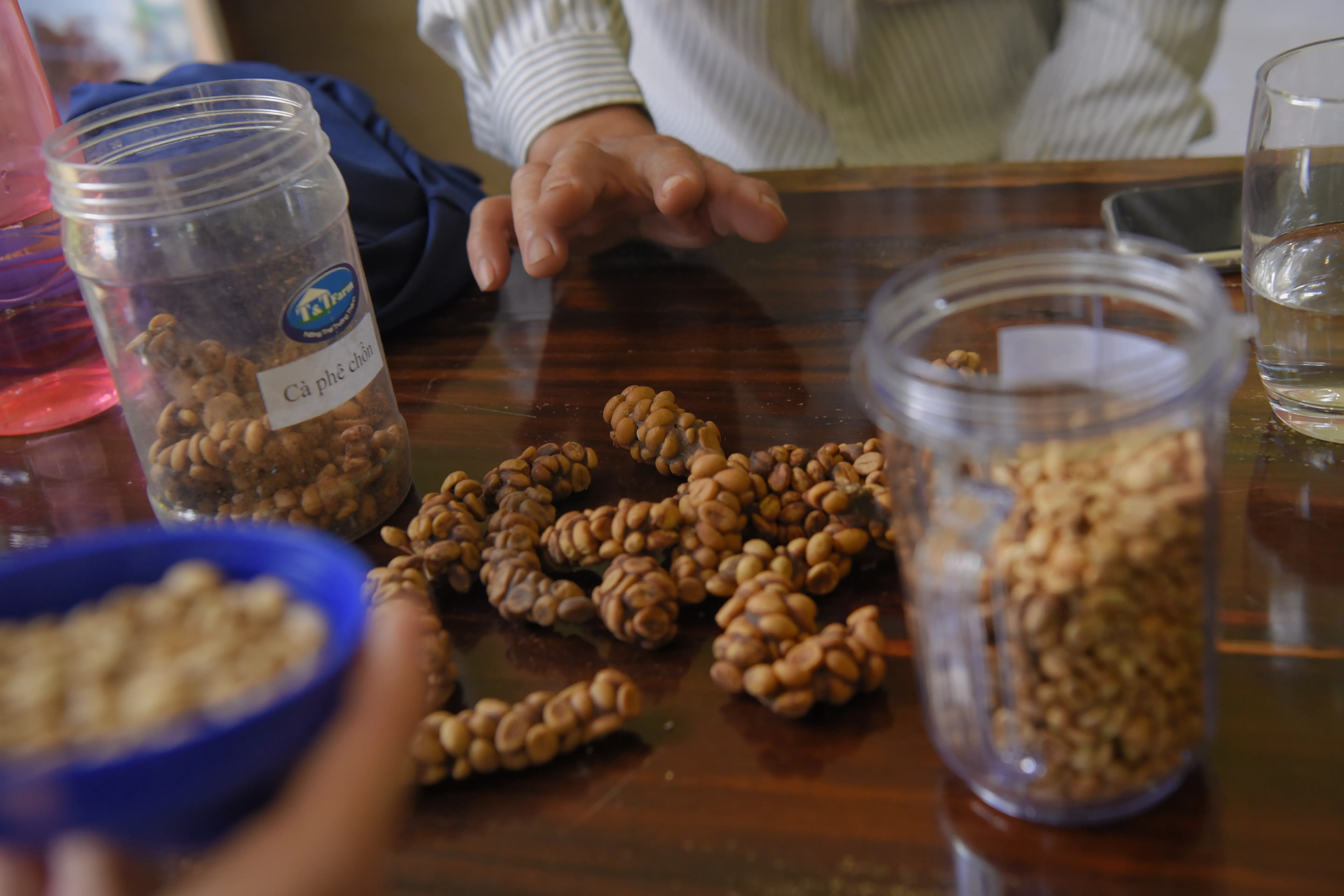
The owner of the farms said he purchased his civets from a seller elsewhere, but that the animals had been reared in captivity and were not from the forests. His porcupines were also mostly farmed, with the exception of the original pair that had been caught from the wild.
He declined to show his civet enclosure, though there were approximately 50 porcupines in his possession, held in concrete cells placed in a shed with little ventilation.
A young civet, apparently rejected by its mother at birth, was suspended in a cage over the porcupines. Its tail was bloodied and appeared to have been bitten.
The farmer said he was unafraid of contracting diseases from the animals, though claimed that “If any of them had Covid-19, I would be willing to cull them all.”
A looming threat
Emptying forests for human consumption – whether for subsistence or sale – increases wildlife interactions with people and domestic animals. As Southeast Asia recovers from Covid-19, this ever-present and growing interface poses potential threats of a new pandemic.
The Institute of Food Technologists, a scientific society working on food science, reported in 2020 that wild animals are usually exposed to parasites, viruses, and other hazards not found in farmed meats as their environments are less controlled than farmed animals.
William Chen, a professor and director of the Nanyang Technological University’s Food Science and Technology Programme, said animals usually bred for consumption are kept in farms with strict hygiene standards and veterinary services.
These types of farms ensure their animals are vaccinated and have adequate nutrition. Biosecurity measures and animal welfare standards also tend to be more established for regularly farmed animals.
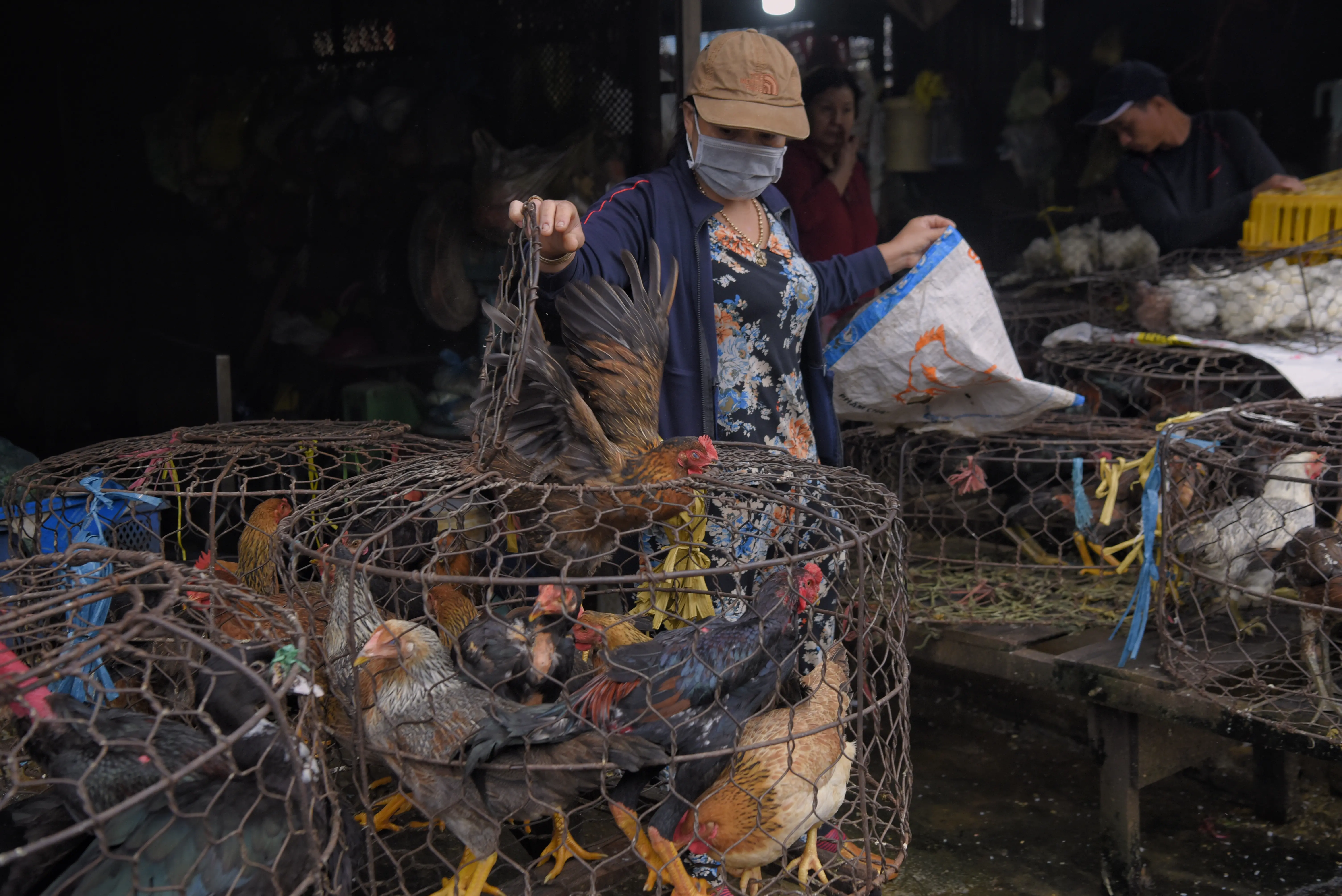
“With good inspection measures in place, zoonotic spillover in farms should be low, although a small risk still remains,” said Chen, who is also an advisor to the World Health Organisation.
Ng, said it is not just the direct consumption of wildlife that could spark pathogen transmission between animals and humans. Other human activities, such as the clearance of wildlife habitats, could also increase the interface between animals and humans.
“Rapid urbanisation and subsequent environmental contamination from the influx of people, industry, and infrastructure directly impact how wildlife moves and survives,” Ng said.
This issue is not unique to Southeast Asia. Forests across Asia-Pacific are also falling silent, according to Ng.
Ng gave the example of the Himalayan Mutt Project, which in 2014 aimed to vaccinate and neuter free-roaming domestic dogs in Nepal that were attacking endangered animals, such as the red panda, and threatening the public with diseases, such as rabies and distemper. Roads opened up farming potential in wildlife habitat. Domestic dogs, which came with humans, roamed the area freely, coming into contact with both wild animals and people, exposing both to diseases.
Not only do silent forests affect biodiversity, but concerns are growing over what they may mean for human health.
Pablo Sinovas, the country director for Fauna & Flora International in Cambodia, said the conservation group recently joined a new European Union-funded research project to study those concerns.
“The aim of the project is to understand how biodiversity loss is linked to the spread of zoonotic diseases. So we can perhaps prevent the emergence of future pandemics, while at the same time improve conservation of biodiversity,” Sinovas said. “In a post-pandemic and climate changing world, this has become a more pressing issue than ever.”
The four-year project, Biodiversity Conservation to Mitigate the Risk of Emerging Infectious Diseases, or BCOMING, will involve multiple regions, including Southeast Asia, West Africa and the Caribbean, which are hotspots for potential emerging pathogens.
“It’s important to have a more collaborative regional approach in preparing for the next pandemic,” said Veasna Duong, head of the virology unit at Institut Pasteur du Cambodge, which is also part of the project. “This project focuses on how biodiversity conservation can reduce spillover events.”
The study focuses on Cambodia since viruses related to Sars-CoV-2 – the pathogen that causes COVID-19 – have been found in bat populations in the Kingdom.
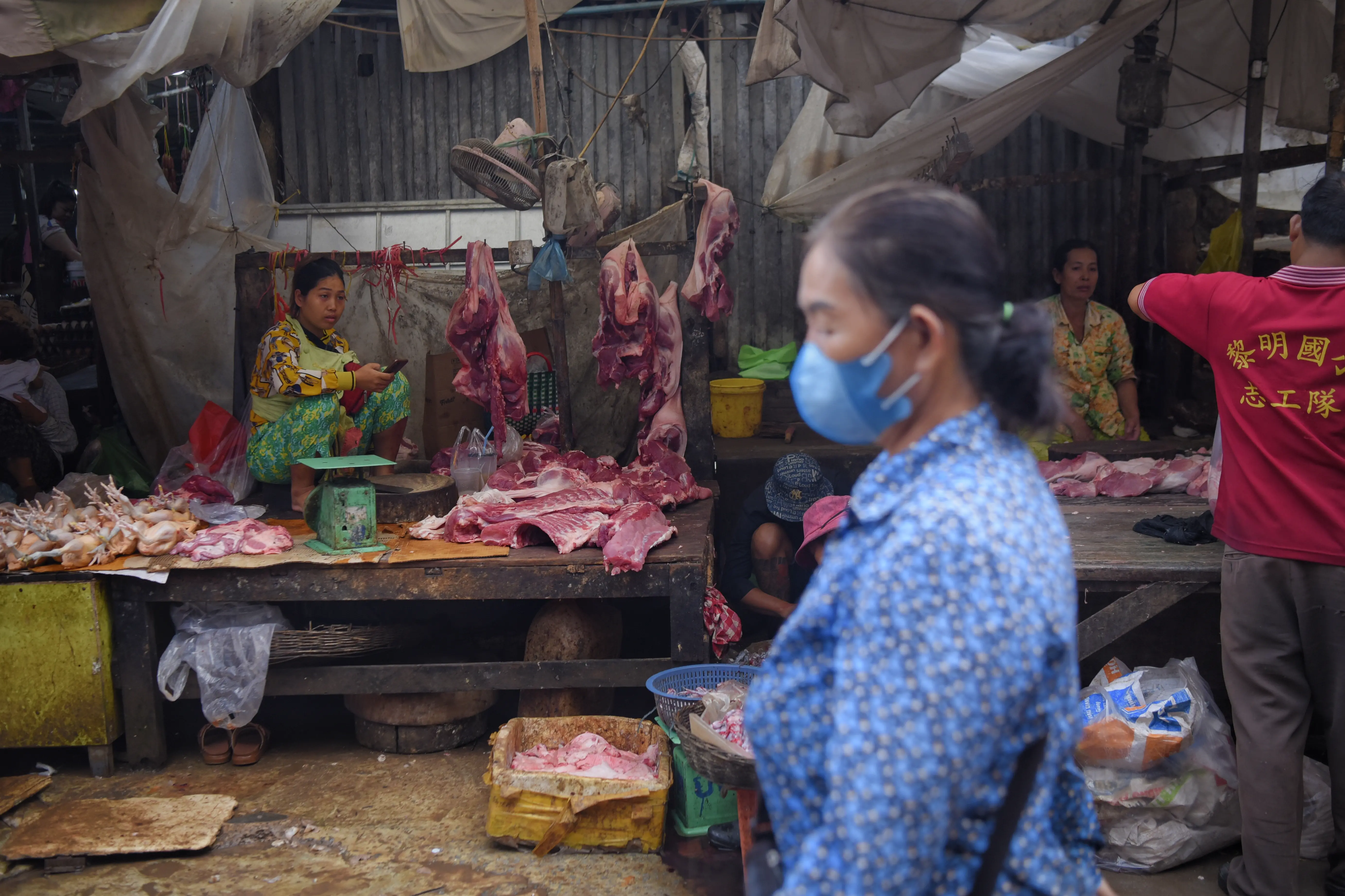
Bat samplings will take place across Cambodia. The study will also have a sociological element in which researchers will look at how policy could impact human and wildlife interactions.
Building on past research into the presence of diseases in wildlife markets and bushmeat supply chains, Duong hopes BCOMING will help Cambodia understand how virus genomes evolve and what the tell-tale signs are of potential spill over to humans.
Emptying forests and carbon losses
Two enormous skulls casually collected dust at the back of a shed in BeTreed Adventures, an eco-tourism lodge in Cambodia’s Preah Vihear province.
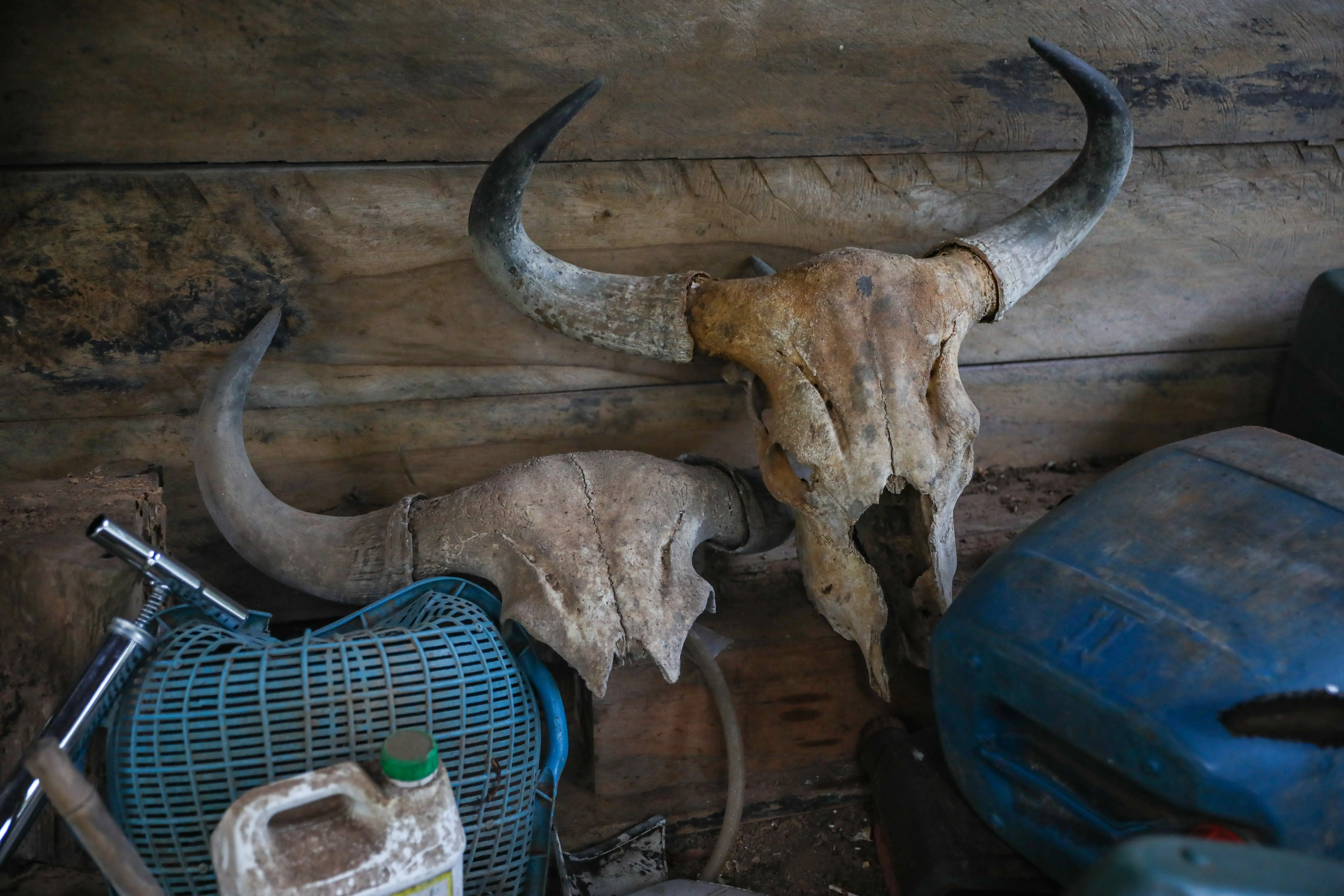
The prized horns had not been torn off and sold like so many others. The skulls were from two banteng — a cattle species poached to the brink of extinction for its meat and horns — that had died after they were caught in snares set by poachers in the protected area.
“They’ve been setting snares since I first came, but they’ve been getting more advanced,” said Ben Davis, co-founder of BeTreed Adventures, during an anti-snare patrol. He’s been working on wildlife protection for years, setting up the organisation in 2012, an ecotourism lodge located within the Phnom Tnout Wildlife Sanctuary.
Davis, who has been living in Cambodia since 1992, said snaring isn’t new to the Kingdom.
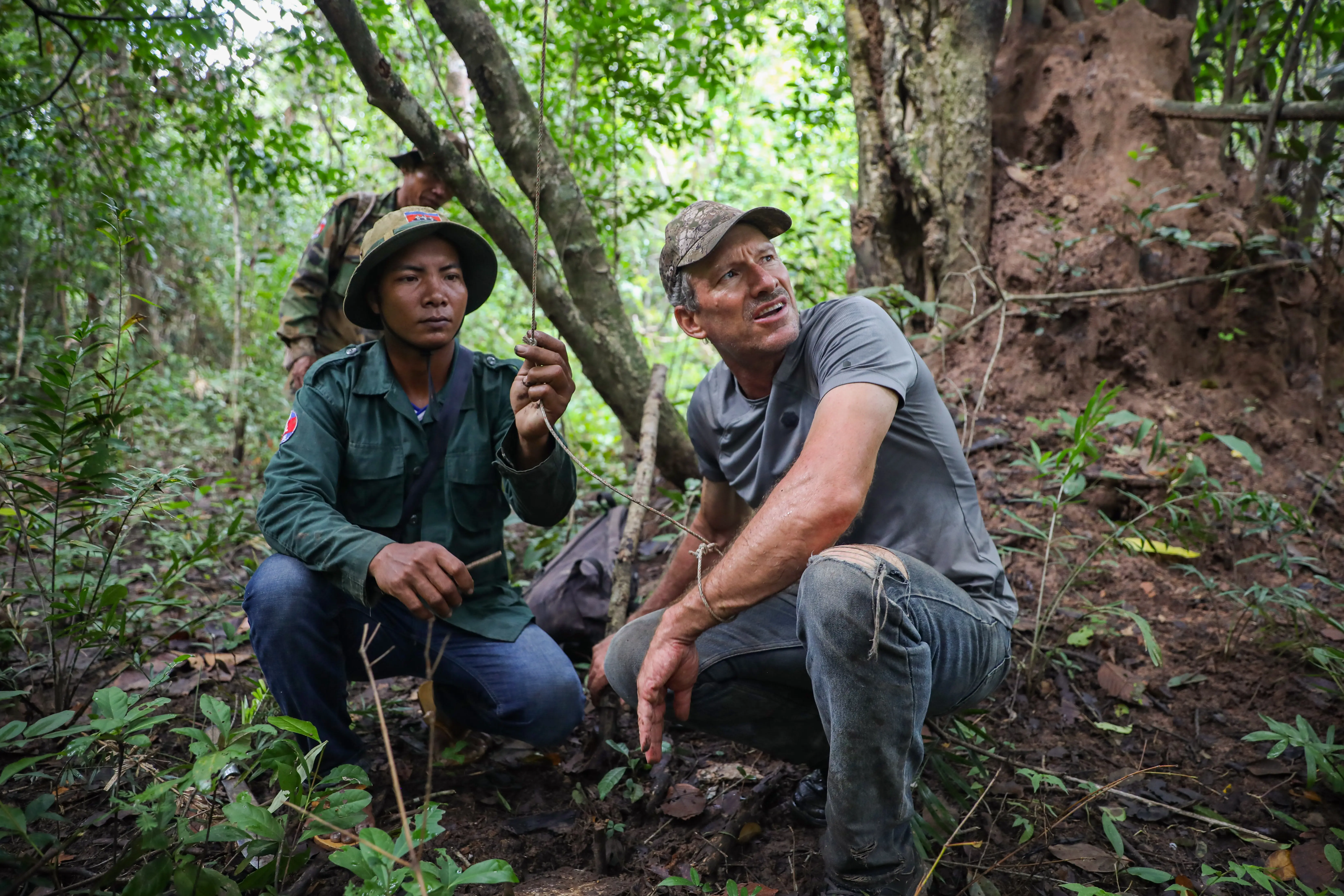
In the past, it would take a group of men a day just to set up one trap, Davis explained. Animals walking into such traps were often instantly killed by a falling tree or log.
“Snaring was an issue then, but it wasn’t that big of a problem,” Davis said.
But in the last 20 years, the affordability of brake wire and twine used for snares has made it easier for the traps to be deployed. Cutting through hanging vines and wading past long grass, Davis and his team of rangers found over 10 snares made of twine and twig within 100 metres from the first trap they discovered.
“There are more people setting snares, and they’re much cheaper snares, so they set much more. Instead of one person setting five or 10 traps like they used to do for subsistence, each one sets literally hundreds,” said Davis, who is in the process of digging a 32-kilometre trench in a “last-ditch effort” to stave off local extinctions.
Large animals such as the banteng, as well as monkeys and large birds like hornbills, are highly prized by hunters as they yield more meat for sale.
A 2019 study noted that large animals are primary targets for hunting, particularly in areas with good transport connections to major towns where wild meat can be sold.
Yet these animals play crucial roles in tropical forest ecosystems, and losing them could have repercussions for the health of the forest, according to Lim Jun Ying, an assistant professor from the National University of Singapore’s Plant Ecology, Evolution and Biogeography Laboratory.
“Besides helping to disperse seeds, large herbivores such as elephants and tapirs also move nutrients throughout the forest when they poop,” Ying said. “The disturbances that they create, such as through trampling or consuming plants, can shape the vegetation around the forest understorey.”
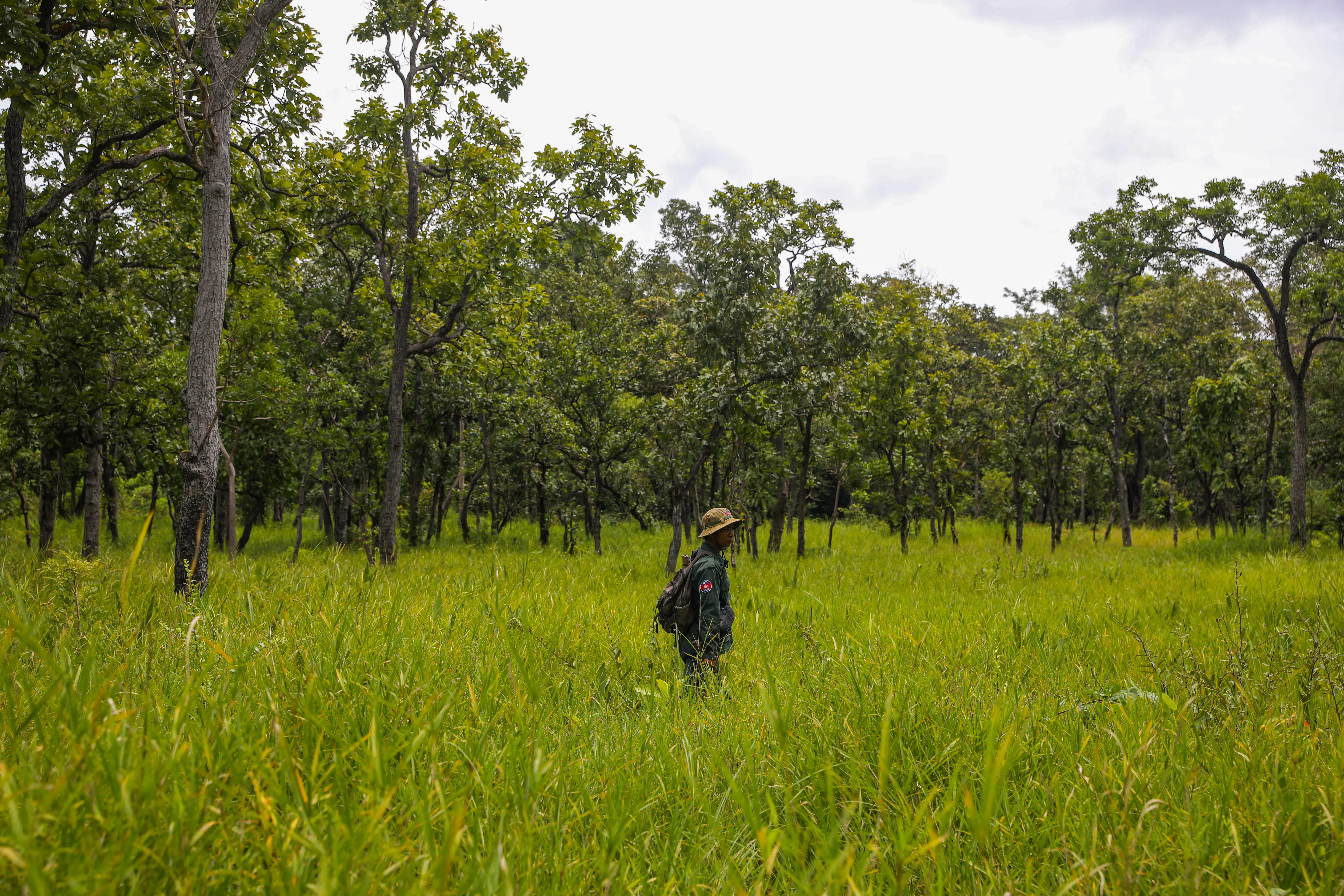
Studies have attempted to model how the loss of seed-dispersing animals could affect the ability of a tropical forest to absorb planet-warming carbon dioxide (CO2). Through photosynthesis, tropical forests take in CO2 and with sunlight convert the carbon into biomass, such as tree trunks. By locking away carbon from the atmosphere, tropical forests are a key component in combating the climate crisis.
But losing animals to traps and snares could impact a forest’s ability to store carbon.
A 2019 study, modelled how the loss of large fruit-eating animals, such as hornbills and tapirs would affect a forest plot in Thailand. The report found that trees dependent on seed dispersal by large-bodied fruit dependent animals accounted for nearly one-third of the total carbon biomass on the plot. If the animals were lost, the forest would be less able to store carbon, the study found.
But Lim said the impact of losing seed dispersers on a forest’s ability to store carbon varies from plot to plot, as this depends on various factors including what the dominant tree species in the area is, and what the climate of the area is like. All these differences affect how much carbon a forest can store.
More studies are needed to quantify the impact of loss of wildlife on carbon storage of a forest, he added.
Lim said it could take decades to centuries for the impacts of the loss of wildlife to manifest in forest health.
“Many studies have detected changes in tree populations at their earliest life stages, such as in terms of seed or seedling density, but it’s yet unclear how these changes will eventually play out,” he said.
Moreover, much is still unknown about forest dynamics.
“While many species in tropical tree communities are dependent upon animal-mediated seed dispersal, we still don’t fully know which animals disperse which plants.”
Lim is researching this gap by making use of natural experiments to look at the effect of megafauna, or large animals, on forest structure and carbon.
“For example, megafauna are not evenly distributed throughout Asia, and so one could compare forest structure and carbon in areas where megafauna diversity is high versus areas where they are not.”
A way forward
The wildlife trade is complex. It involves a wide range of groups dependent on accessing the region’s forests and fauna for their livelihoods. But for many who rely on Southeast Asia’s forests, the broader implications of the ‘silent forests’ phenomena are not always clear.
Nature sustains many rural communities, providing rural low income households free sources of protein and livelihood potential.
But when city-dwellers add to the demand for bushmeat or exotic pets, which some may perceive as being symbols of wealth and prestige, demand outstrips the rate at which the animals can replenish themselves.
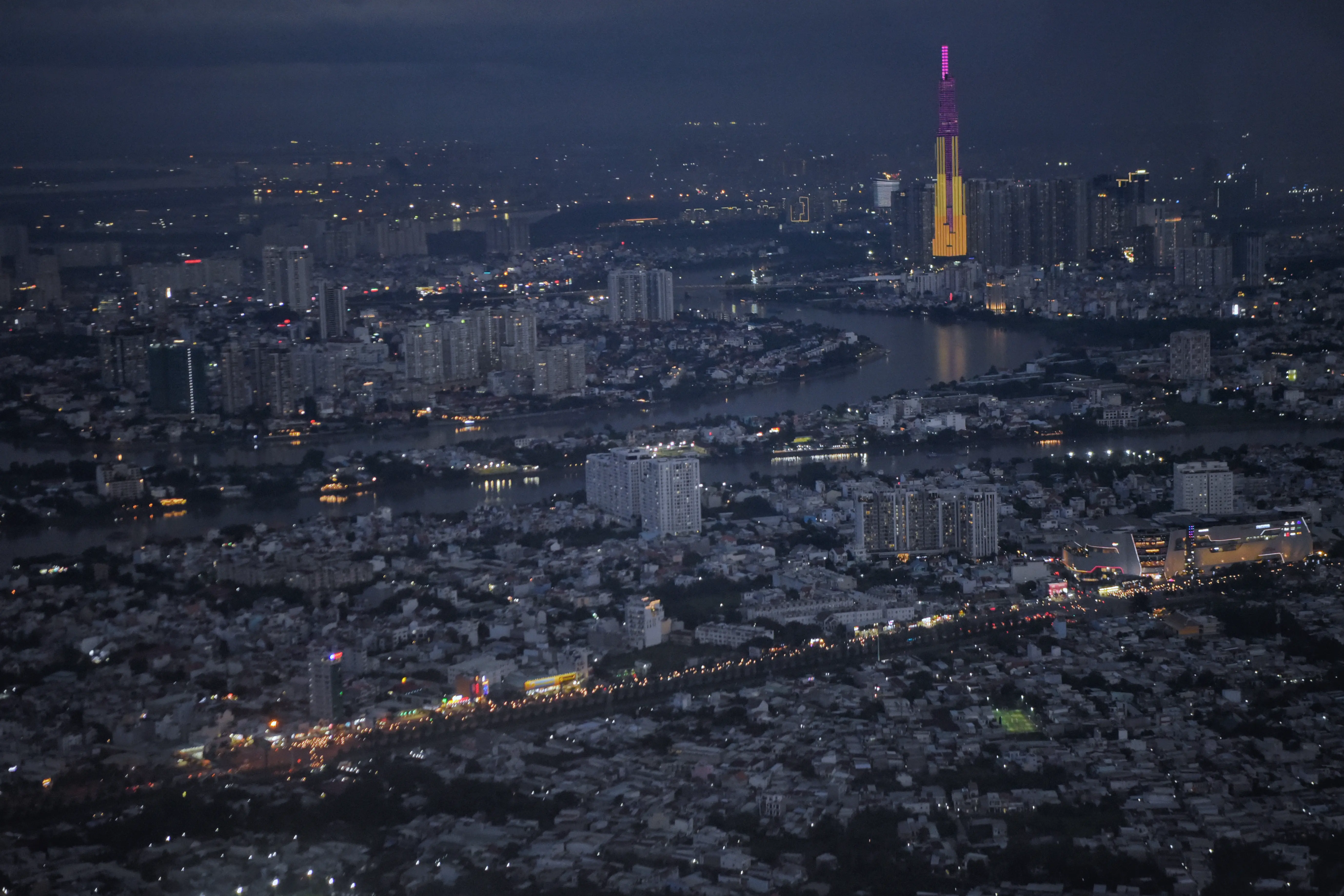
“New technologies and access to markets may open up new opportunities for selling bushmeat, which would increase local economic returns,” said Michael Christie, a professor at Aberystwyth University in Wales and specialist in ecological and environmental economics. “But may be at the expense of other ecosystem services.”
Christie chaired a report published in July 2022 by the United Nations’ science advisory panel for biodiversity, known as Ipbes, that had highlighted the myriad of ways that nature can be valued.
The report also found that putting a narrow economic value on nature, and overlooking other non-market values associated with nature’s contribution to people, such as climate regulation, is one of the key reasons behind the loss and damage to the world’s ecosystems.
Ng also noted that motivations for hunting wildlife can be diverse even within countries, and that it was important for policy makers to work with the local communities to understand the reasons for hunting.
“If more people are engaging in snaring, I might ask what they were doing before, and what happened to motivate the switch. But if the same individuals are doing more snaring, then perhaps forest clearing forces more wildlife into smaller forest patches, making them easier to trap,” she said.
“Urban consumers have the power to worsen or improve faraway landscapes,” she said, explaining that supporting human demands with practices, like livestock grazing, have their consequences.
“What we end up with is a landscape with goats but without wild birdsong,” she said.
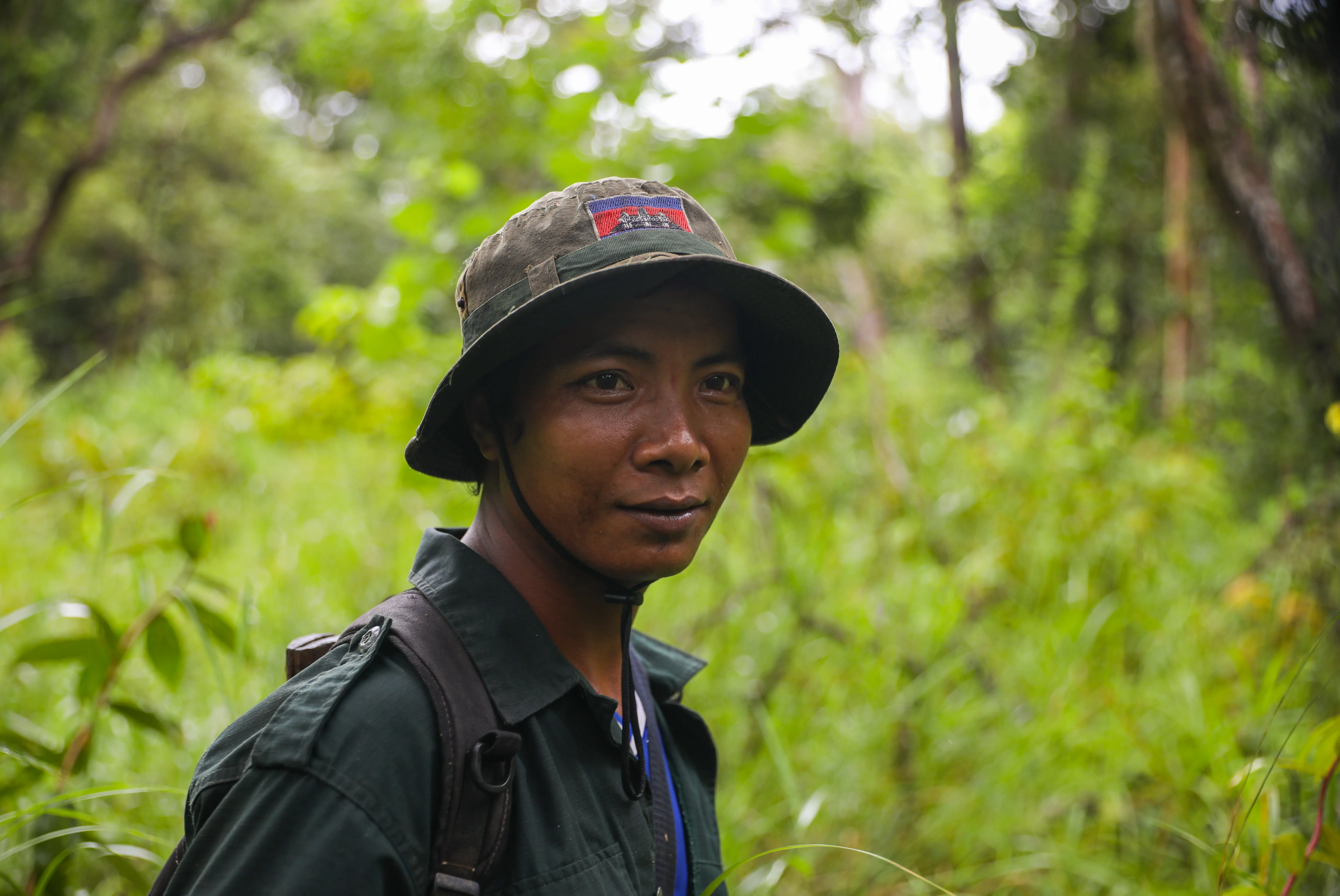
Only the snapping of twigs could be heard as Chhoun Phirum, a community ranger in Cambodia’s Phnom Tnout Wildlife Sanctuary, carefully backed away from a line of snares he had discovered on patrol.
He planned to leave the snares up as bait for the poachers.
Phirum said being caught is the only way to change behaviours, a personal belief stemming from personal experience. After being caught and fined for snaring, Phirum transitioned from illegal poacher to ranger for BeTreed Adventures. His new mission, to protect the forest and safeguard the same wildlife he was once out to catch.
“I would feel very happy if the forest is left standing tall,” Chhoun said. “I think that having more wildlife is better.”
- View this story on The Mekong Eye
- View this story on Kiripost
- View this story on VOD Khmer
- View this story on Focus Cambodia









